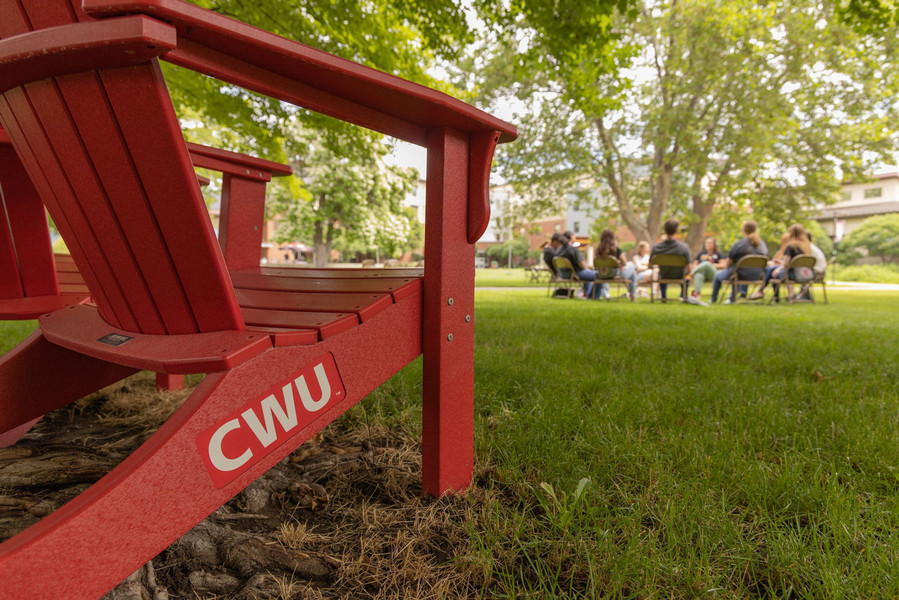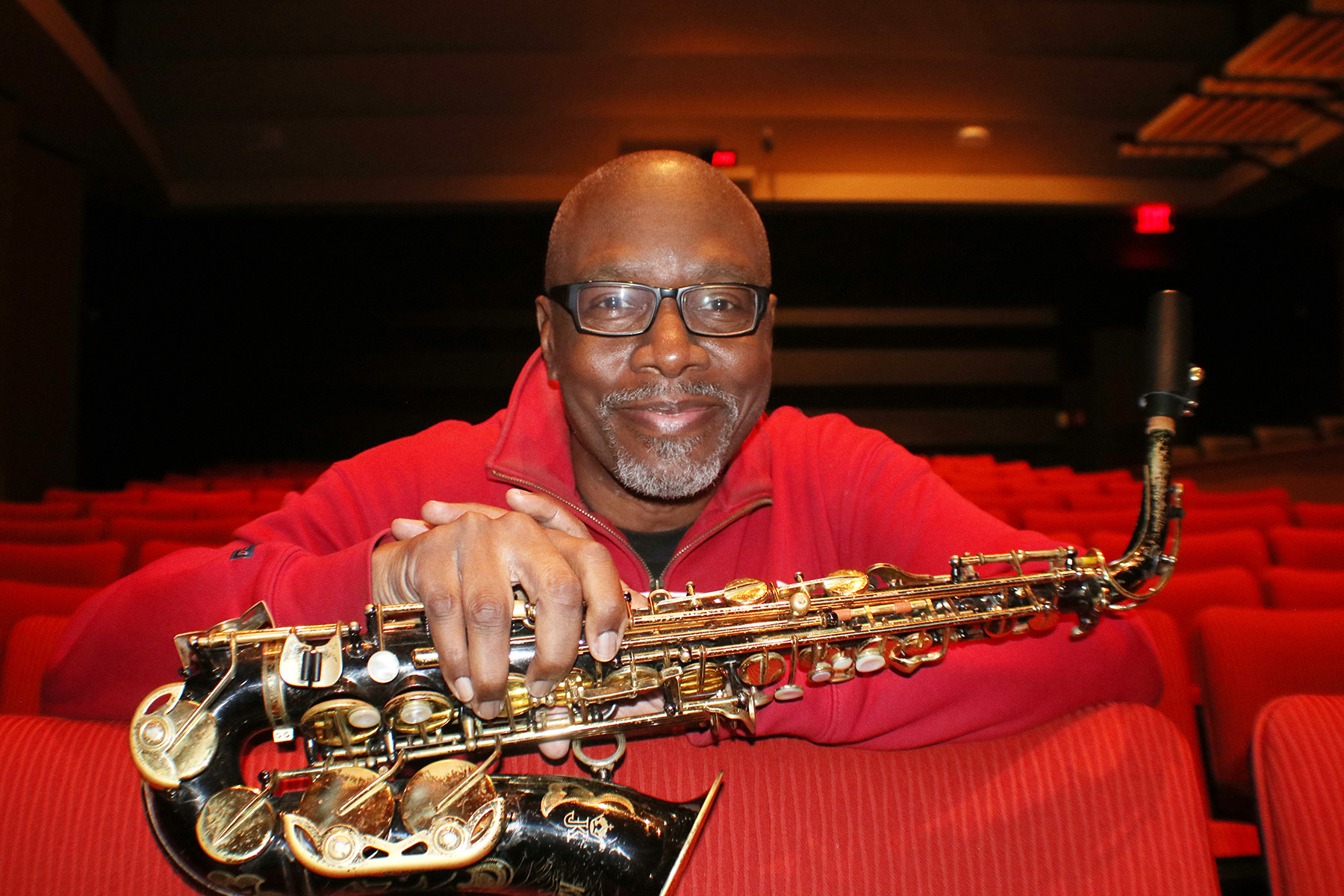
Diversity, Equity, Inclusivity
Faculty and Staff Recruitment
Best Practices in Hiring
-
Planning
Always be planning for a search. This allows the department or unit to think about how positions fit into the long-term goals of the department.
- Develop long range hiring plans that take into consideration the CWU’s Affirmative Action Plan.
- Anticipate current and future needs of the department, plan for both planned and unanticipated retirements.
- This list or plan should be transparent and shared across departments and units to promote and encourage cluster hires.
- Cluster hiring has received a lot of support as a mechanism for building interdisciplinary research teams (see, for example, this article from Inside Higher Ed from May 2015.
- Cluster hiring can also be an effective tool for attracting faculty candidates working in relatively small or new fields or subfields, and for attracting faculty candidates from historically underrepresented backgrounds. Depending on how a cluster is organized, it can signal a significant commitment to and investment in a particular area of research, teaching, service, and/or outreach by a unit, a college or school, a campus, and/or the university as a whole.
-
Recruiting
We should always be in the market for candidates who will enhance the departments, colleges, units, and the general university workforce. What this means is that we should always be building relationships with possible candidates for future openings as well as candidates for immediate hire. This does not mean that that we build unrealistic expectations with potential candidates. So, exactly what does it mean? Here are some suggestions:
- View professional meetings as opportunities to make potential colleagues aware of Central Washington University.
- Attend presentations by post-docs, graduate students, and assistant professors. Make the effort to introduce yourself, your department and the university
- Host an event that spotlights your department, college, and/or other departments or units.
- Use co-curricular events to invite potential colleagues to speak, serve on panels, and provide learning opportunities for students.
-
Search Committees
- There are several ways to form a search committee. Consideration should be given to size of the committee, ability to promote interactions between members, and the number of searches being conducted. All search committee members should understand, and be able to relay, your department’s values and interests.
- Search committee must be diverse. This sends a message to the university community as well as potential applicants.
- Search committee should include those with a wide range of expertise and who demonstrate a commitment to diversity and equity. Consider including a member of the college or division diversity committee.
- The appointing authority should discuss, with the committee, the importance of inclusion.
- Training should be conducted on how committee members can interrupt bias during the process, broaden the applicant pool, and enlist other units across campus to create a broad applicant pool.
Training resources available to search committees include:
- DiversityEdu for Search Committees
- Courses on UnConscious Bias are offered in the Central Learning Academy (CLA) Online Learning library. Including this five minute training Compliance Short: Unconscious Bias.
- Include diversity teams across campus, diverse faculty and staff,
- Use relationships to increase hiring pool.
- Create assessment documents and processes that sustain the diversity of applicant pool.
Draft Job Advertisements
- When describing the specific position use broad terms that includes a commitment to diversity and inclusion, and ties to the university mission.
- Be broad in your description of the unit/department. Include how your department/unit meets the needs of the students you serve, and promotes student recruitment, retention, and graduation.
- Identify allies across campus and see if any other searches are related.
- Describe the materials that you need to evaluate application.
-
Networking
- Send announcements to departments that serve large numbers of members of underrepresented groups.
- Send announcements to discipline specific traditionally underrepresented groups.
- Invite applications from junior colleagues at other institutions.
- Ask others to help market open positions.
- Contact colleagues at other institutions.
- Ask chair, director, or dean to personally contact qualified nominated applicants.
-
Assess Applicants
In your assessment materials it is effective to address the following issues:
- Research, teaching, service, outreach or staff specific goals.
- How to evaluate candidate’s commitment to or experience with diversity. At what stage should it be evaluated?
- Focus on the way “the ability to engage with those different from yourself” fits with each goal for hire.
- Elicit information from candidates about their experiences and what skills they bring to an increasingly diverse environment.
- Use follow up questions to encourage a full response including the many ways in which people are diverse.
Be cognizant of, educate yourself about, implicit bias:
- All of us have some degree of unconscious bias. Stereotypes are stored in our brains without us being aware they are there. Implicit bias impacts us more when we are under stress and in a hurry.
- There are some factors that can trigger this bias, which include:
- Career paths that are unusual.
- Uncommon research interests.
- Applicants that do not appear to “fit.”
- Assumptions that traditionally underrepresented candidates don’t want to come here.
Additional resources are available at the CWU Human Resources Hiring Processes page. This includes checklists for the roles and responsibilities in the hiring process, and sample position descriptions and recruitment plans.
If you have other tools that you find particularly effective please share them with Lucinda Carnell, Interim VP for Diversity and Inclusivity, and/or Staci Sleigh-Layman, Executive Director HR.
Good luck in your search!
CWU News

Online Master’s of Education program now offers special education endorsement
May 15, 2024
by Rune Torgersen

Lenny Price brings Detroit perspective to CWU Jazz
May 15, 2024
by University Relations